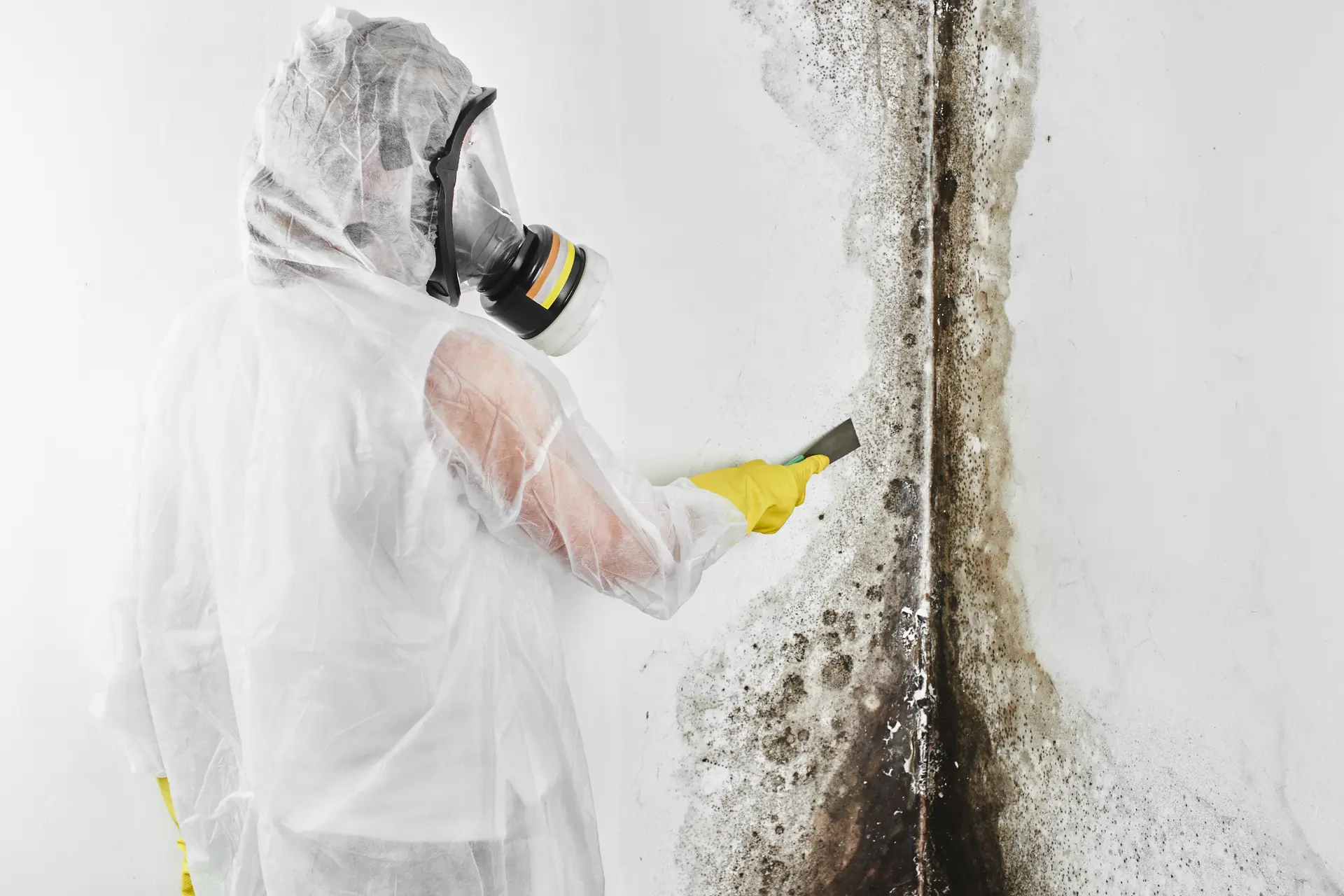
Are Your Allergies Actually Mold Toxicity? Signs You Shouldn’t Ignore
If you’ve been struggling with persistent allergy symptoms that don’t seem to improve, mold exposure could be the hidden culprit. Many people mistake mold toxicity for seasonal allergies or chronic respiratory issues, leading to prolonged discomfort and health risks. But how can you tell if mold is to blame? In this article, we’ll explore the key signs of mold toxicity, how it differs from common allergies, and what you can do to protect yourself.
What is Mold Toxicity?
Mold toxicity, also known as mold illness or mycotoxicosis, occurs when exposure to toxic mold spores leads to adverse health effects. Mold spores are microscopic particles that float in the air and can be inhaled, causing inflammation and immune system reactions. Some molds produce harmful substances called mycotoxins, which can contribute to a wide range of symptoms beyond typical allergic reactions.
Unlike seasonal allergies, which are triggered by pollen or pet dander, mold toxicity often results from prolonged exposure to indoor mold growth in damp environments. This means that even if you spend most of your time indoors, you may still experience persistent symptoms caused by mold contamination in your home or workplace.
Signs of Mold Toxicity You Shouldn’t Ignore
1. Chronic Sinus Issues and Respiratory Problems
Frequent sinus infections, congestion, sneezing, and difficulty breathing can all be signs of mold exposure. Mold spores can irritate the nasal passages and lungs, leading to symptoms similar to allergies or asthma. If your respiratory issues persist despite taking antihistamines or avoiding common allergens, mold might be the underlying cause.
2. Unexplained Fatigue and Brain Fog
Mold toxicity doesn’t just affect your respiratory system—it can also impact your energy levels and cognitive function. Many people exposed to mold report experiencing chronic fatigue, brain fog, difficulty concentrating, and memory issues. These symptoms occur because mold toxins can trigger inflammation and disrupt normal brain function.
Mold exposure can cause skin reactions, including rashes, itching, and redness. Some individuals develop eczema-like symptoms or hives that don’t respond well to conventional treatments. If you notice persistent skin irritation without an obvious cause, mold exposure could be to blame.
Mold spores and mycotoxins can trigger headaches and migraines in sensitive individuals. If you experience frequent headaches, especially after spending time in a particular building or room, mold contamination could be a contributing factor.
5. Increased Sensitivity to Odors
A musty or earthy smell in your home or workplace is a strong indicator of mold growth. People suffering from mold toxicity often develop an increased sensitivity to smells, such as fragrances, chemicals, or damp environments. If you suddenly become more reactive to odors, it might be time to investigate potential mold sources.
6. Frequent Cold or Flu-Like Symptoms
Mold exposure can weaken your immune system, making you more susceptible to frequent infections. If you experience persistent flu-like symptoms, such as muscle aches, chills, and low-grade fevers, mold toxicity could be a hidden factor compromising your health.
7. Digestive Issues and Nausea
Mold toxins can also affect your digestive system, leading to symptoms like nausea, bloating, diarrhea, and stomach cramps. If you have ongoing gastrointestinal problems without an identifiable cause, it may be worth considering mold exposure as a potential trigger.
Steps to Protect Yourself from Mold Toxicity
1. Improve Ventilation and Reduce Moisture
Mold thrives in damp environments, so reducing humidity levels and improving air circulation can help prevent its growth. Use dehumidifiers, exhaust fans, and open windows when possible to maintain proper ventilation.
2. Address Water Leaks Promptly
Leaks from pipes, roofs, or appliances create the perfect conditions for mold growth. Regularly inspect your home for water damage and repair leaks as soon as possible.
3. Clean and Disinfect Affected Areas
If you find small areas of mold, clean them with a mixture of white vinegar, baking soda, or hydrogen peroxide. However, if the mold problem is extensive, professional mold remediation may be necessary.
4. Use an Air Purifier with HEPA Filtration
HEPA air purifiers can help remove mold spores from the air, reducing your exposure. Consider placing one in your bedroom or other frequently used areas.
5. Get a Professional Mold Inspection
If you suspect mold but can’t locate the source, hiring a certified mold inspector can provide clarity. A professional assessment can identify hidden mold and recommend appropriate remediation strategies.
When to Seek Medical Help
If you’re experiencing persistent symptoms that don’t improve with allergy treatments, it may be time to consult a doctor. A healthcare provider can perform tests to assess mold-related health issues and recommend detoxification strategies or medications to help manage symptoms.
Final Thoughts
Mold toxicity is often overlooked as a cause of chronic allergies and unexplained health issues. If you’ve been struggling with ongoing respiratory problems, fatigue, headaches, or skin irritation, it’s worth investigating whether mold exposure is affecting your well-being.
If you need professional mold assessment or remediation services, don’t hesitate to contact a trusted expert in your area. Your health and safety depend on a clean, mold-free living space!
